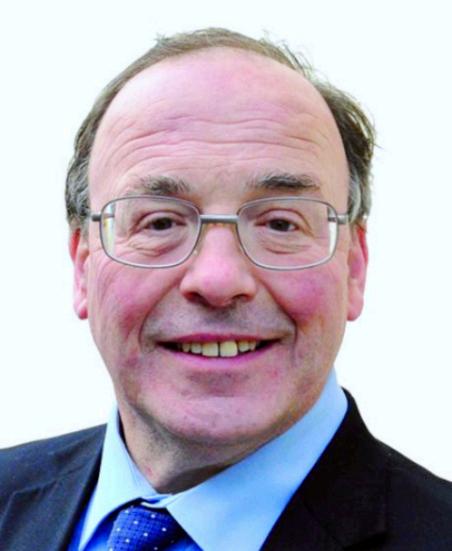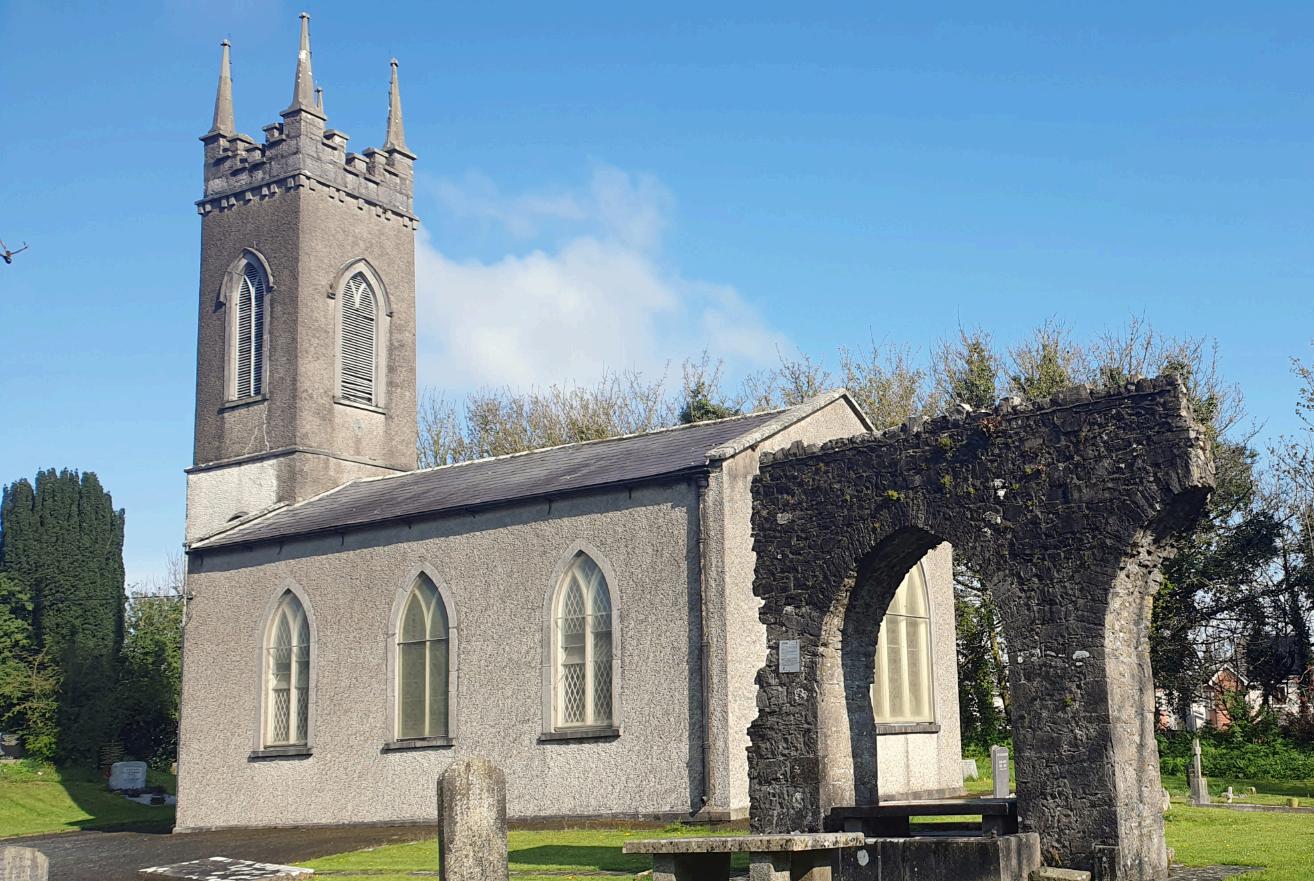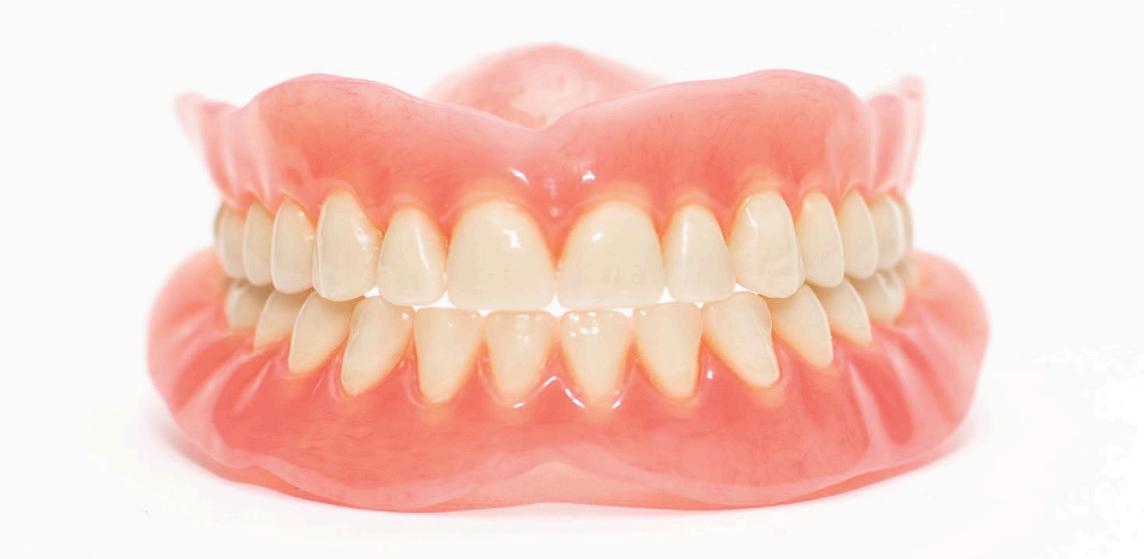
2 minute read
St. Sechnall of Dunshaughlin
was founder and patron saint of the monastery of Domnach Sechnaill, now Dunshaughlin. Certainly associated with St Patrick and one of the first bishops of Armagh, questions remain as to his mission. Was Secundinus a forerunner of Patrick and were some or all of the stories of Patrick based on the work of Secundinus?
James Carney suggests that it was Secundinus who arrived in 432 and not Patrick, calling him ‘a lost Apostle of Ireland’ and ‘the first bishop of the Irish believing in Christ.’ Carney suggests that Secundinus reached Ireland before Patrick and that much ofhisactivityhasbeenattributed to St. Patrick. He also stated that a chief piece of evidenceisthatSecundinus’s name appears first on the earliest lists of the bishops of Armagh.
Advertisement

According to traditional sources St. Secundinus was a bishop and confessor. Secundinus is a Roman family name derived from the praenomen, Secundus, which meant "second" in Latin and perhaps he came after Patrick. The traditional story is that he was born about 372 or 373, the son of Restitutus, a Lomard from Northern Italy, and Liamain, sister of St. Patrick. Secundinus was one of nine brothers, eight of whom becamebishopsinIreland,perhaps these were brothers in Christ rather than actual brothers.
His early life and training is obscure, but he appears to havestudiedinGaul,andwas said to have accompanied St. PatricktoIrelandin432orarrived soon afterwards.
Patrickappointedhimasfirst Bishop of Dunshaughlin in 433. Secundinusfoundedthe church at Dunshaughlin whichbearsaGaelicisedversion of his name – Domnach Seachlainn. Domnach is derived from the Latin ‘dominicum’ meaning ‘the Lord’s place’.Secundinuswasassistant Bishop of Armagh from 434untilhisdeath.
A hymn in praise of St. Patrick is attributed to Secundinus,theearliestLatin poemintheIrishChurchand the earliest surviving presentation of St. Patrick. It consistsoftwenty-threestanzas in the same metre as employed by St. Hilary. The hymn, ‘Audite omnes’, is an abecedarian hymn, consecutive letters of the alphabet beginning each stanza. Each stanza consists of four lines in the most popular Roman metre.
The hymn would appear to be partly based on the Confessio.[i] Secundinus asked some reward for the hymn and Patrick promises salvation for the followers of Secundinus, sanctification of his house and salvation for any Irishman who recites even the last three words of the hymn just before his death. In the hymn SecundinuspromotesPatrick asthegreatersaint.

Secundinus became Sechnall in Irish and this gave the personal name Máel Sechnaill, the devotee of Sechnaill, which was a favoured name of the kings of Midhe before the arrival of the Normans.
Thenamewasbornebytwo high kings, Máel Sechnaill mac Máel Ruanaid, who died in 862 and his descendant, Máel Sechlainn Mór mac Domnaill,whodiedin1022.
Máel Sechnaill became the English name, Malachy, which was one of the commonest names in the later middle ages and was greatly favoured by the O Flanagans and the O Kellys. This high status tribute is an indication ofadevotedcongregation.
David N. Dumville proposes the following stages of development: Secundinus > Sechundinus>SechundŅnəs > SechundŅn > Sechndən > Sechnən and finally by the 8/9thcentury,>Sechnəl.
Ifcorrect,thispatternlends further credence to a 5thcentury origin of the saint. Auxilius and Isernius do not seem to have left a personal name behind them. The name, Secundinus, seems to havecontinuedtobeusedfor the church in Dunshaughlin as in the grant of a chantry to the church on a patent roll from1467thewordsusedare “in the church of St Secundinus the Bishop, of Dunshaughlin.” Domnach is derived from the Latin word dominicum meaning “the Lord’s place”. This word went outofuseaftertheyear500.
Secundinus made an impact in Meath, his legacy lived on after him, but today as Fr. Ryan wrote: St. Patrick holds “his unique position as the missionary who converted Ireland to the Christian faith. There is no other with even the faintest claim to the title“ApostleofIreland.” Carney suggested that Secindinus was the old St. Patrick in the two Patrick’s theory. Secundinus may have been in Ireland before St. Patrick and introduced Christianity to certain areas but it is Patrick who became the cultural icon of Ireland’s ancientfaithinChristianity.
ThedenturesJoeprovidesaresolelymadebyhimselfincludingthepalatefreemetalbasedchrome cobalt.Heisanexpertincreatingcosmeticdenturesthatenhanceapatientsfeatures,reducingtheir liplines,allowingthemtoachieveamoreyouthfullook.Joedesignsyourpartialdenturesarounda carefullypreparedtreatmentplanwiththeaimtoimprovefunctionandrestoreyournaturalsmile.






